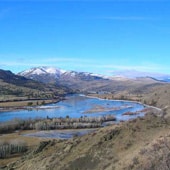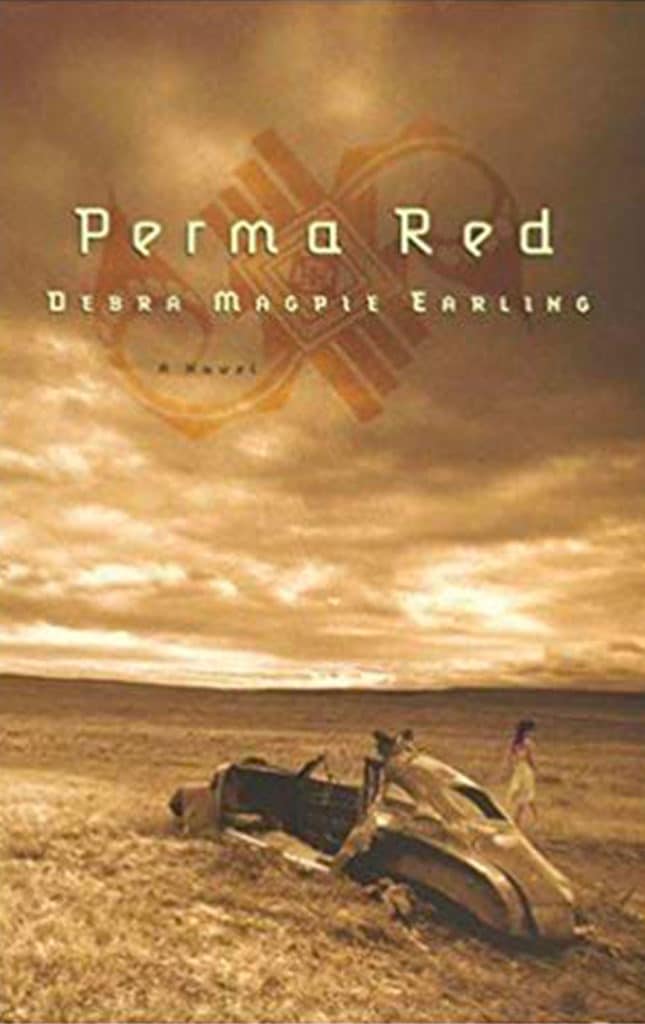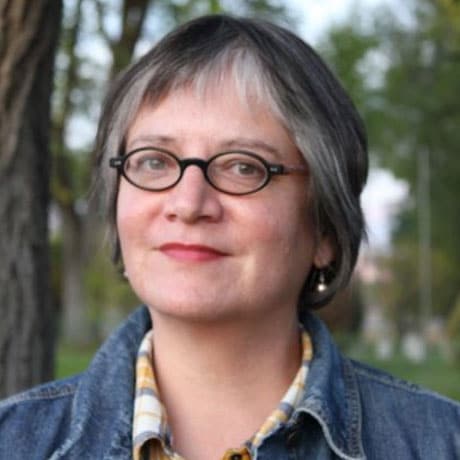About the Book
Perma Red
Perma Red, published in 2002, received the Western Writers Association Spur Award for Best Novel of the West, the Mountain and Plains Bookseller Association Award, and the American Book Award. The novel was chosen by Barnes and Noble as part of its “Discover Great New Writers” series.
Earling began writing Perma Red in 1984. It was rewritten nine times and edited from 800 to 288 pages. One version of the manuscript was lost in a house fire. Still, Earling persevered and the book went on to be a remarkable success.
While the settings in Perma Red are clearly drawn from actual locales, it is understood that the novel—including its places—is ultimately the product of the author’s imagination. The intent of this literary map is to enrich the reading experience by interpreting those places, not to render them literally or definitively.



